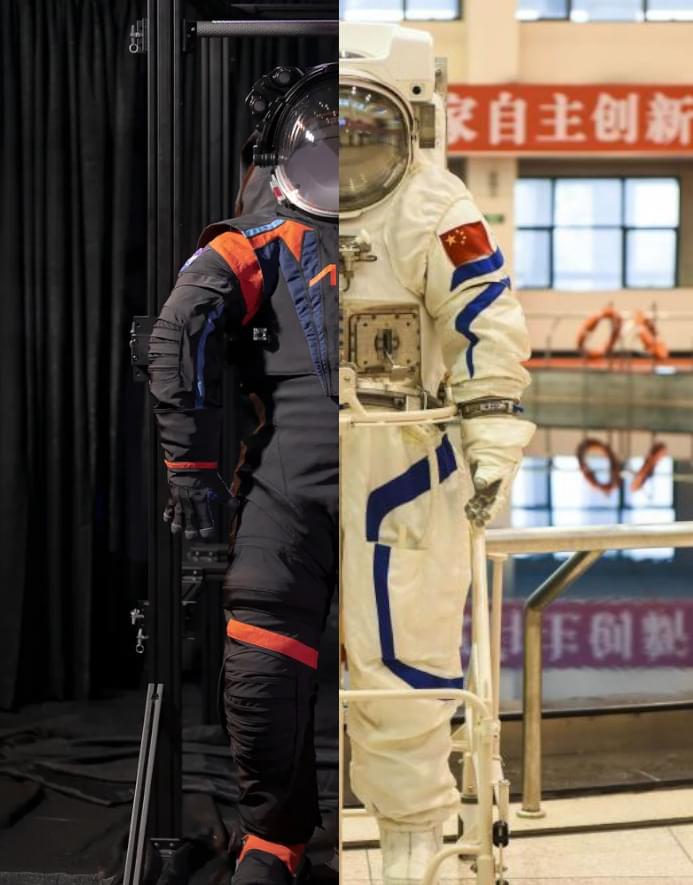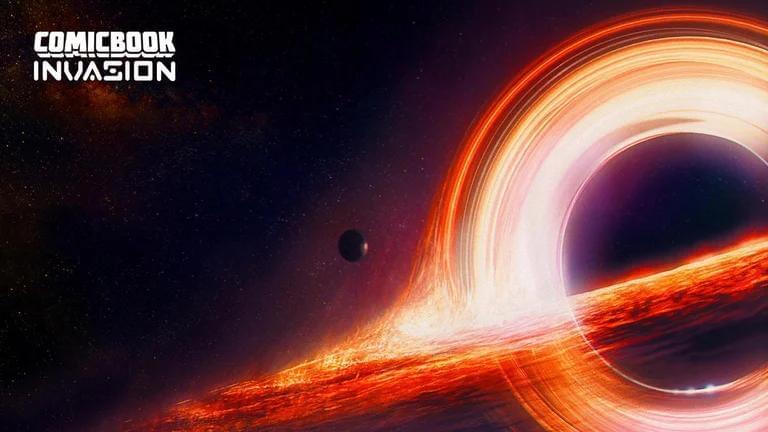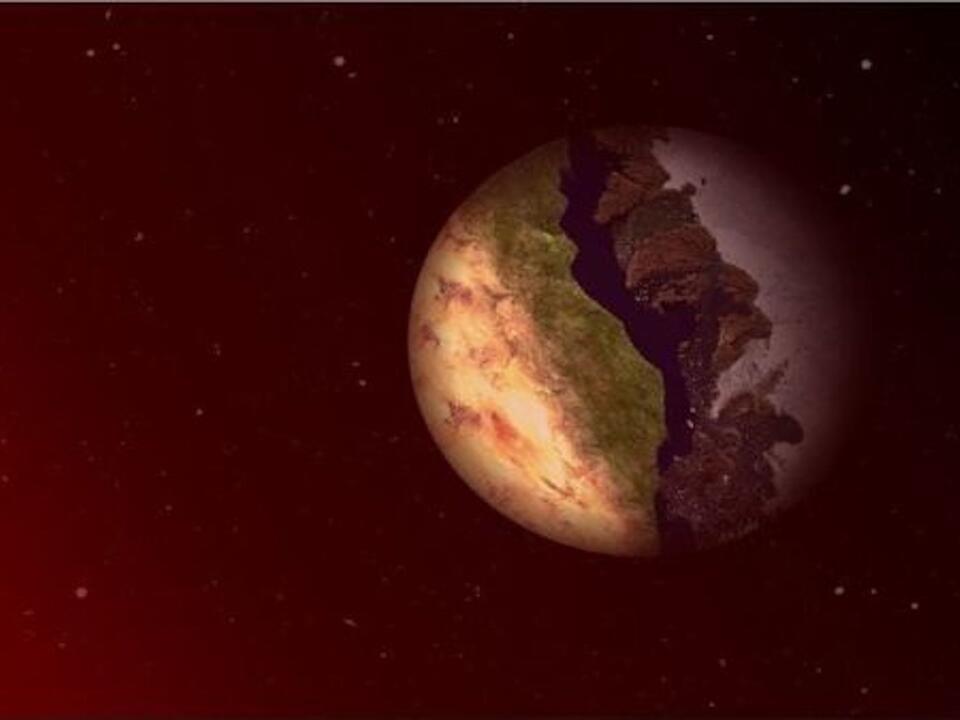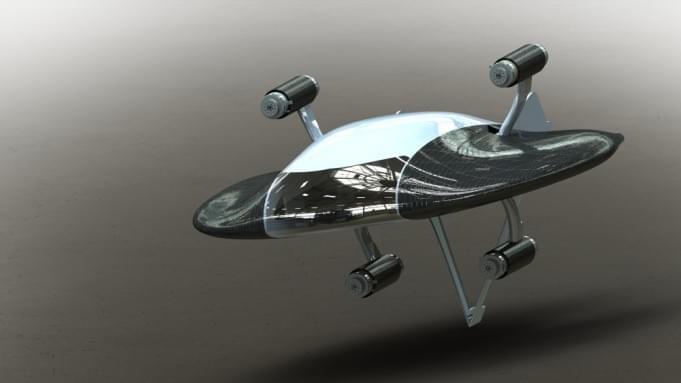It’s midway between a boat, plane and sports car.



Bootprints have not been left on the Moon since the early 1970s, but that will soon change. With NASA’s Artemis and China’s CLEP programs both scheduled to return humans to the Moon before 2030, the two superpowers are apparently in a “race” to the Lunar surface. But this time, who gets there “first” matters little. Instead, this race is about building a sustainable human presence on the Moon.
Here is how China’s and America’s approaches differ, and what it means for the future of spaceflight and human progress.
A comparison of the hardware China and the US are developing to return humans to the Moon.

The existence of aliens continues to elude scientists, including those that have dedicated their lives to finding definitive proof of extraterrestrial life. While a new study doesn’t point to the existence of aliens, some researchers have been left scratching their heads as to what the “coherent” signal being broadcast from an interstellar planet could be.
Published Monday in Nature Astronomy, scientists revealed they’ve discovered a repeating radio signal coming from the planet YZ Ceti b, located some 12 light-years from the edge of our solar system.


Looking ahead: Automatic Construction is in the process of building a concrete house for one customer in New York and has contracts signed with two others, according to Bell. It’s also inked a deal with a “large commercial contractor” for a structure.
It’s not clear how large those will be, but the prototypes the company has built so far are better described as tiny houses than starter homes — they might be large enough for one person, but they aren’t likely to accommodate a family.
Automatic Construction is testing a 650-square-foot, two-story concrete house design, though, and claims its technique could be scaled up for larger structures — including commercial buildings, city skyscrapers, or even houses on Mars.

Microsoft has finally spoken out about its unhinged AI chatbot.
In a new blog post, the company admitted that its Bing Chat feature is not really being used to find information — after all, it’s unable to consistently tell truth from fiction — but for “social entertainment” instead.
The company found that “extended chat sessions of 15 or more questions” can lead to “responses that are not necessarily helpful or in line with our designed tone.”

Level 4 autonomous buses will begin operation in Scotland next month – the first service of its kind in the world.
Alexander Dennis Limited, a subsidiary of global bus manufacturer NFI Group, has today announced that a new autonomous bus service in East Scotland will commence on 15th May 2023. This follows the successful completion of an extensive testing program and registration by Stagecoach, the UK’s largest bus and coach operator.